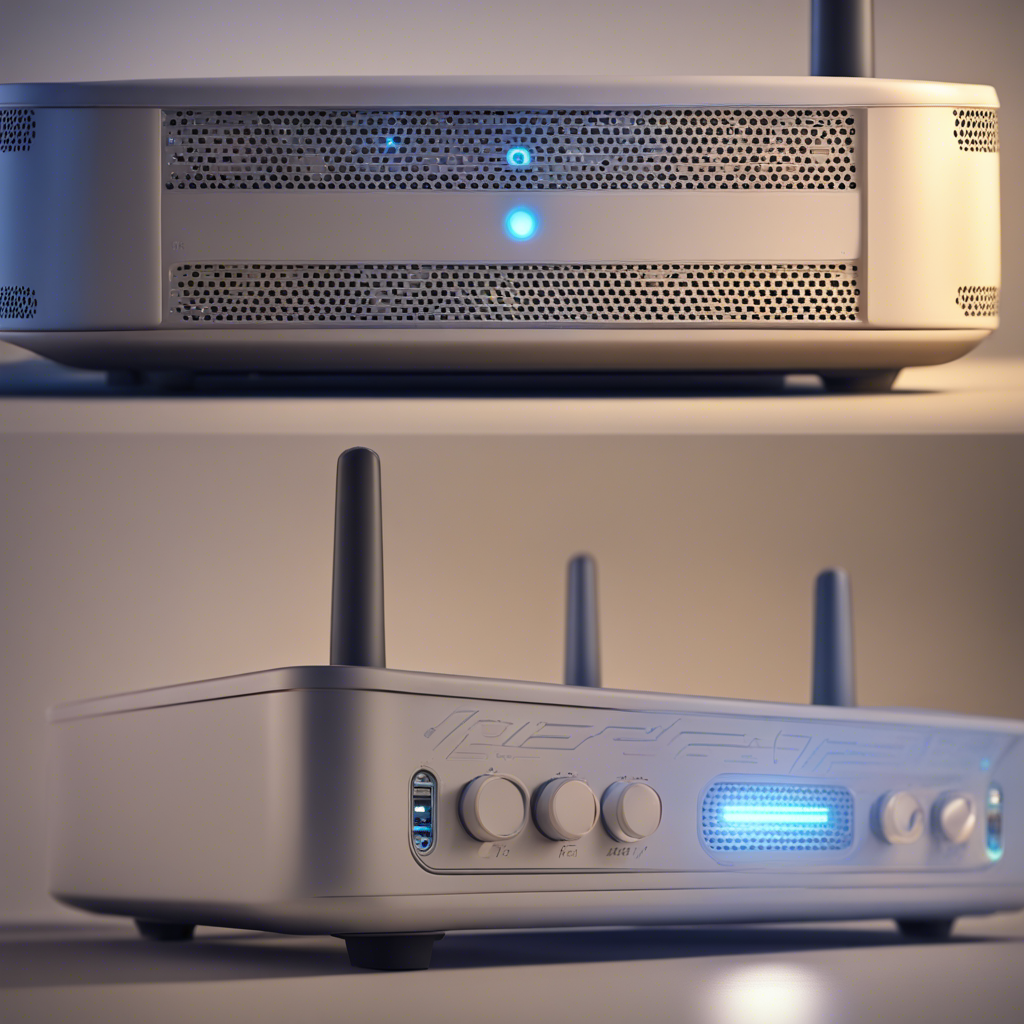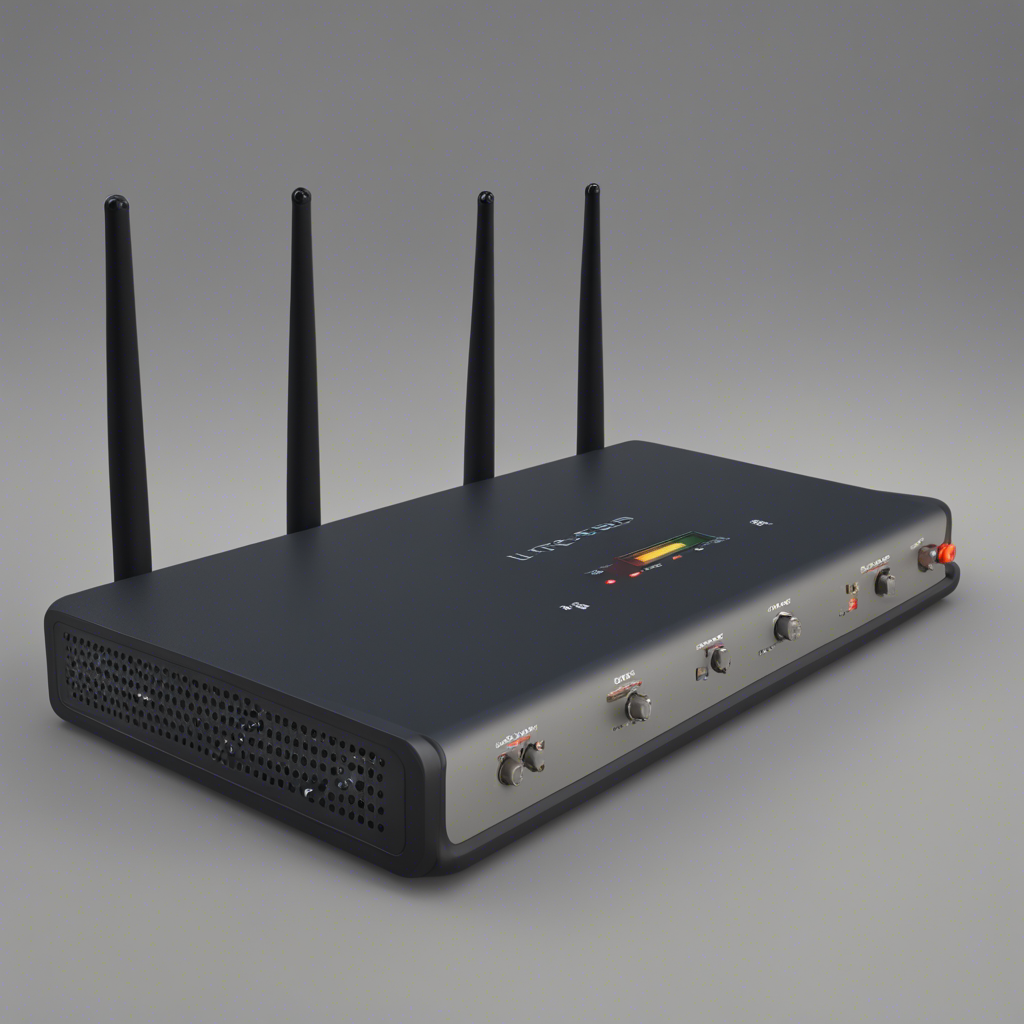
Improve Your WiFi Signal with These Simple Tricks
In today’s interconnected world, a strong and reliable WiFi signal has become a necessity for many of us. Whether you work from home, enjoy streaming your favorite shows, or simply want to stay connected with friends and family, a weak WiFi signal can be frustrating and impact your productivity. But fear not! In this comprehensive guide, we will explore a variety of simple yet effective tricks to enhance your WiFi signal.
1. Optimize Your Router Placement
The placement of your WiFi router plays a crucial role in the strength and coverage of your signal. Follow these guidelines for optimal placement:
-
Centralize: Place your router in a central location in your home, away from walls and obstructions. This allows for more even distribution of the signal throughout your space.
-
Elevate: Position the router at a higher location, such as on a shelf or mounted on a wall. This helps to avoid interference from furniture and other obstacles.
-
Avoid Conflicts: Keep your router away from electronic devices that may interfere with the signal, such as cordless phones, baby monitors, or microwave ovens.
2. Upgrade Your Router Firmware
Regularly updating your router’s firmware can improve its performance and security. Firmware updates often include bug fixes, performance optimizations, and enhanced features that can boost your WiFi signal. Check the manufacturer’s website for firmware updates specific to your router model.
3. Adjust WiFi Channel Settings
WiFi routers operate on different channels to transmit data. Overlapping channels can cause interference and weaken the signal. To optimize your WiFi channel settings:
-
Analyze Channel Congestion: Use a WiFi analyzer tool to identify the least crowded channel in your area. Many free mobile and desktop apps are available for this purpose.
-
Change Channel: Access your router’s administration settings and manually change the WiFi channel to the one with the least interference. Most routers allow you to do this by typing the router’s IP address into a web browser and accessing the settings page.
4. Secure Your WiFi Network
Ensuring the security of your WiFi network not only protects your personal data but can also improve signal strength. Unsecured networks are more susceptible to unauthorized users, which can slow down your connection. Implement these security measures:
-
Enable Encryption: Set up WPA2 (WiFi Protected Access II) encryption on your router. This encryption method offers the best security currently available for home networks.
-
Change the Default Password: Modify the default admin username and password for your wireless router to prevent unauthorized access.
5. Reduce Signal Interference
Interference from other electronic devices can disrupt your WiFi signal. Consider the following steps to minimize interference:
-
Move Devices Away: Keep appliances like cordless phones, Bluetooth devices, and microwave ovens away from your router or devices receiving the WiFi signal.
-
Upgrade to 5GHz: If your router supports it, consider switching to the less crowded 5GHz frequency band. This band offers faster speeds and less interference compared to the more commonly used 2.4GHz band.
6. Use WiFi Boosters/Extenders
In larger homes or spaces with multiple floors, a single router may not provide sufficient coverage. WiFi boosters or extenders, also known as repeaters, can amplify and extend your WiFi signal.
-
Placement: Position the WiFi booster halfway between your main router and the area with weak signal strength. This allows it to receive and amplify the existing WiFi signal.
-
Configure: Follow the instructions provided with the WiFi booster to properly configure it for your network.
7. Upgrade Your Network Equipment
If you consistently experience weak WiFi signals even after trying the above tricks, it might be time to consider upgrading your network equipment. Older routers may lack the necessary capabilities to provide strong signals over long distances or through walls.
-
AC Router: Consider upgrading to an AC router, which offers faster speeds and better coverage compared to older models.
-
Mesh WiFi Systems: Mesh WiFi systems are designed to provide seamless coverage throughout your home by utilizing multiple routers working together. These systems can be particularly effective in larger homes or spaces with challenging WiFi signal obstacles.
By implementing these simple yet effective tricks, you can drastically improve your WiFi signal strength and enjoy a more reliable and consistent internet connection. Experiment with the methods mentioned above and find the ones that work best for your specific situation. Remember, a strong WiFi connection is the foundation for a connected and smooth online experience.
Please note that the effectiveness of these tricks may vary depending on your individual circumstances and the equipment you have. Always consult your router’s user manual or the manufacturer’s website for specific instructions and guidelines.






